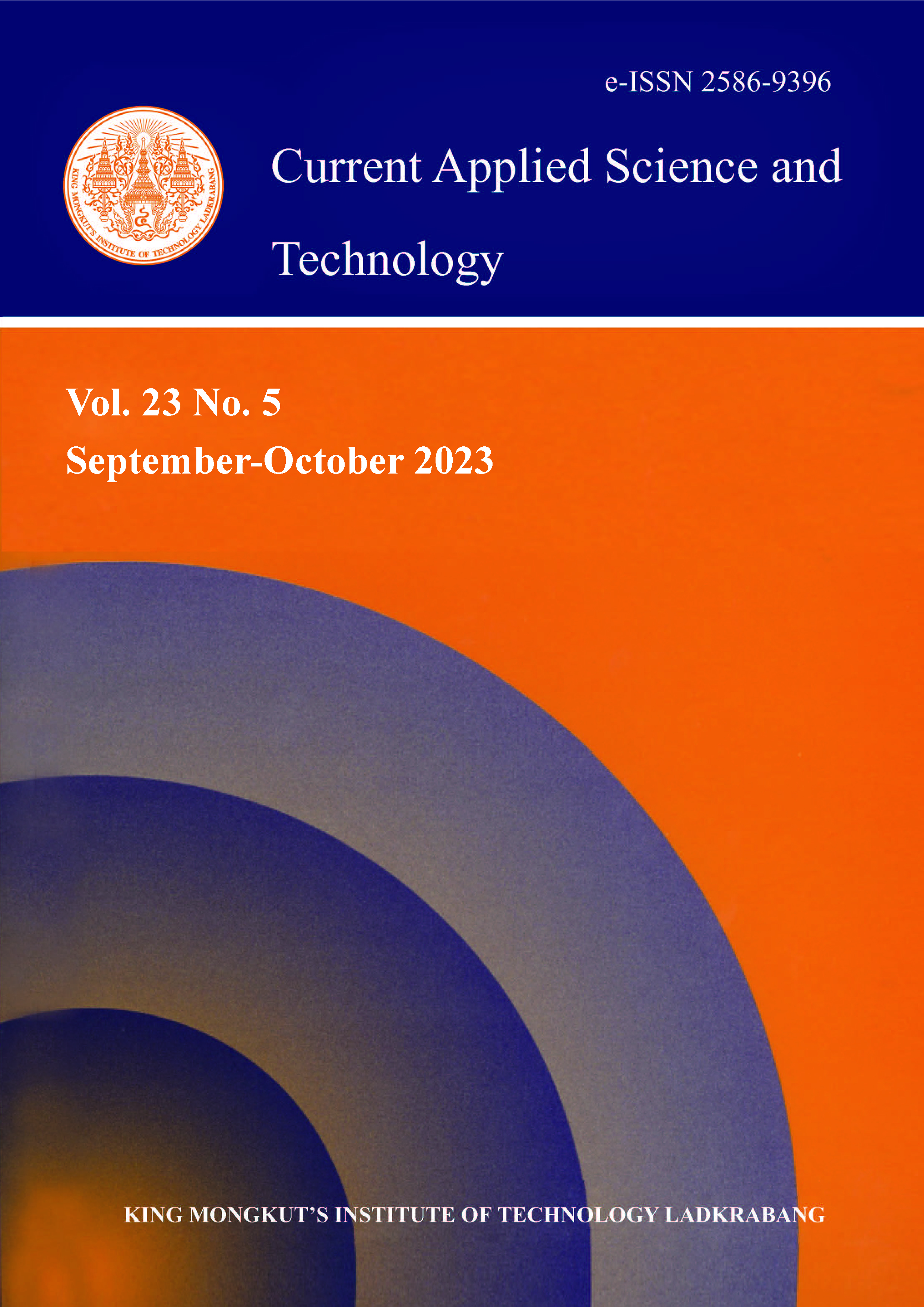The aims of this study were to investigate the biodiversity and functional distribution of macrofungi within the Plant Genetic Conservation Area of Rambhai Barni Rajabhat University, Chanthaburi Province, Thailand, and to identify the macrofungi by sequence analysis of their internal transcribed spacer (ITS) regions. One hundred and eighty-five macrofungi samples were collected from the survey routes in 2021. The macrofungi with different morphologies were selected to perform molecular identification by sequence analysis of ITS. A total of 41 samples of representative macrofungi were classified into 2 phyla, 5 classes, 11 orders, 21 families, and 34 genera. The macrofungi were found to be in the phylum Basidiomycota (35 taxa, 85.4%), the family Polyporaceae (10 taxa, 24.4%), and Microporus xanthopus was the most frequently found species in every month of samples collection. Their role in the ecosystem was saprotroph (40 taxa, 97.6%), symbiotroph (7 taxa, 17.0%), and pathotroph (4 taxa, 9.8%). In addition, there was no published information about the edibility of many of the macrofungi (29 taxa, 70.7%); however, some edible (8 taxa, 19.5%) and poisonous macrofungi (4 taxa, 9.8%) had previously been reported. Interestingly, some macrofungi samples need more investigation for further identification, and additional genes may be required for the study.
Keywords: macrofungi; identification; ITS; plant genetic conservation area; Thailand
*Corresponding author: Tel.: (+66) 39319111 ext. 10790, 10700
E-mail: saowapha.s@rbru.ac.th
Surawut*, S. ., Kunsook, C. undefined. ., Nak-eiam, S. undefined. ., Khamchatra, N. ., Bhudharak, S. undefined. ., Phontharod, W. undefined. ., Boonmee, O. undefined. ., Yasawong, M. undefined. ., & Kanjanavas, P. undefined. . (2023). Biodiversity and Functional Distribution of Macrofungi from Plant Genetic Conservation Area, Chanthaburi Province, Thailand. CURRENT APPLIED SCIENCE AND TECHNOLOGY, DOI: 10.55003/cast.2023.05.23.003 (19 pages). https://doi.org/10.55003/cast.2023.05.23.003


https://cast.kmitl.ac.th/doi/10.55003/cast.2023.05.23.003